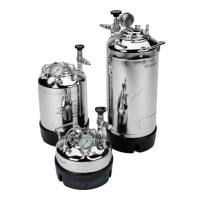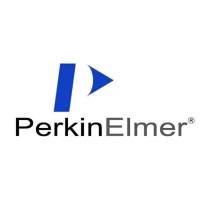The understanding of the molecular mechanisms of cellular metabolism and proliferation necessitates accurate identification, isolation, and finally characterization of a specific cell or a population of cells and subsequently their subsets of biomolecules.
For the simultaneous analysis of thousands of molecular parameters within a single experiment, as realized by DNA, RNA, and protein microarray technologies, a defined number of homogeneous cells derived from a distinct morphological origin is required. Sample preparation is therefore a very crucial step for high-resolution downstream applications.
Laser microdissection and laser pressure catapulting (LMPC) enables such pure and homogeneous sample preparation, resulting in an eminent increase in the specificity of molecular analyses. For microdissection, the force of focused laser light is used to excise selected cells or large tissue areas from object slides or from living cell culture down to a resolution of individual single cells and subcellular components like organelles or chromosomes, respectively. After microdissection this sample is directly catapulted into an appropriate collection device. As the entire process works without any mechanical contact, it enables pure sample retrieval from morphologically defined origin without cross contamination. Wherever homogenous samples are required for subsequent analysis of, e.g., cell areas, single cells, or chromosomes, the PALM� MicroBeam system is an indispensable tool. The integration of image analysis platforms fully automates screening, identification, and finally subsequent high-throughput sample handling. These samples can be directly linked into versatile downstream applications, such as single-cell mRNA-extraction, different PCR methods, microarray techniques, and many others. Acceleration in sample generation vastly increases the throughput in molecular laboratories and leads to an increasing knowledge about differentially regulated mRNAs and expressed proteins, providing new insights into cellular mechanisms and therefore enabling the development of systems for tumor biomarker identification, early detection of disease-causing alterations, therapeutic targeting and/or patient-tailored therapy.






